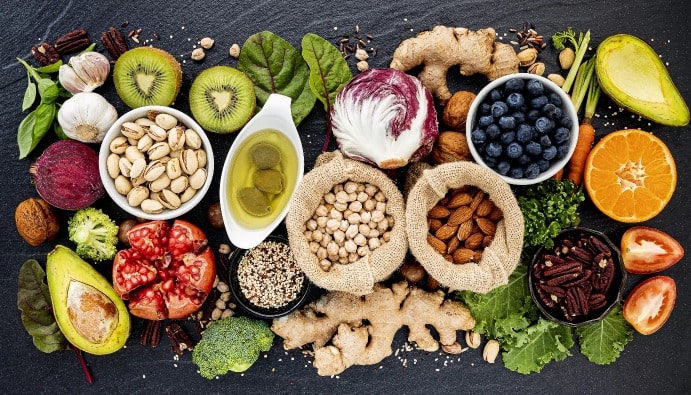Determination of Cadmium in Foods
Determination of Cadmium in Foods

Cadmium is a toxic element. Exposure to cadmium causes adverse health problems in humans.
Cadmium ions are readily absorbed by vegetables and distributed in animal foods mainly in the liver and kidneys. The highest concentrations of cadmium are found in rice, wheat, oysters, mussels, and the kidney cortex of animals. The determination of traces of Cd(II) in food samples is difficult due to several factors, particularly low concentration and matrix effects.
Within the scope of “Turkish Food Codex Communiqué on Maximum Limits of Contaminants in Foodstuffs”, nitrites and nitrates, mycotoxins, bacterial toxins, heavy metals, 3-monochloropropane-1,2-diol, dioxins, furans, dioxin-like polychlorinated biphenyls (PCB), polycyclic The limits of aromatic hydrocarbons and erucic acid are indicated.
Cadmium is limited to certain limits in foods due to its toxic effects. Within the scope of the aforementioned communiqué, "Detection of Cadmium" is one of the important test parameters to be carried out in the following foods.
• Meat of cattle, sheep, pork and poultry (excluding offal)
• Horse meat (excluding offal)
• Liver of cattle, sheep, horse, pig and poultry
• Kidney of cattle, sheep, horse, pig and poultry
• Fish meat
• Meat of the following fish species
- Anchovy(Engraulis sp.)
- Toric (Sarda sarda)
- Karagoz (Diplodus vulgaris)
- Eel (Anguilla anguilla)
- Mullet (Mugil labrosus labrosus)
- Horse mackerel (Trachurus sp.)
- Louvar or luvar (Luvarus imperialis)
- Sardine (Sardina pilchardus)
- Sardine species (Sardinops sp.)
- Tuna (Thunnus sp. and Euthynnys sp., Katsuwonus pelamis)
- Flounder (Dicologoglossa cuneata)
• Swordfish (Xiphias gladius) meat
• Crustaceans (excluding the brown part of crab meat, head and breast meat of lobster and similar large crustaceans (Nephropidae and Palinuridae))
• Bivalve mollusks
• Cephalopods (excluding internal organs)
• Cereals (excluding bran, embryo, wheat grain and rice)
• Bran, embryo, wheat grain and rice
• Soybeans
• Vegetables and fruits (excluding leafy vegetables, herbs, mushrooms, pine nuts, stems, root vegetables and potatoes)
• Fibrous vegetables, fresh herbs, celery and cultivated mushrooms
• Stem vegetables, root vegetables except celery and potatoes (limit given for potatoes applies to peeled potatoes)
